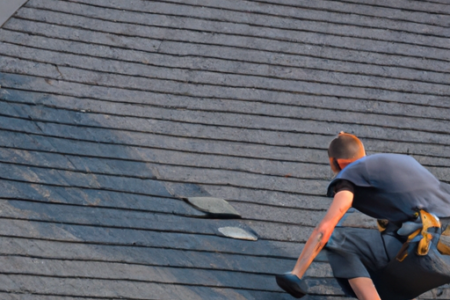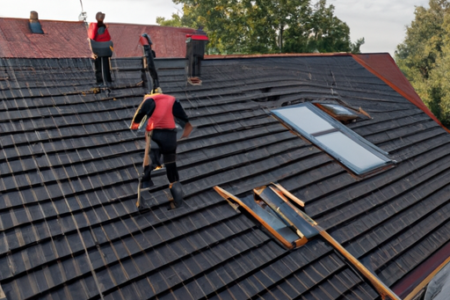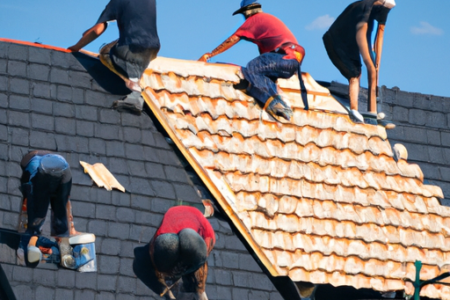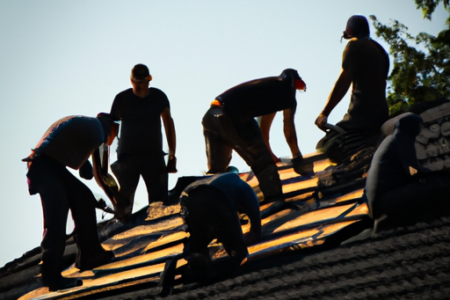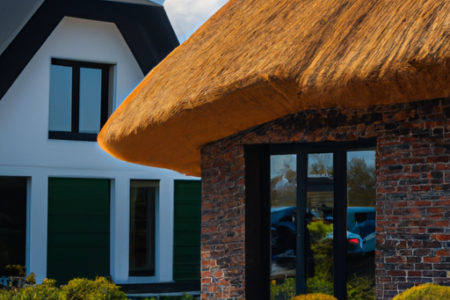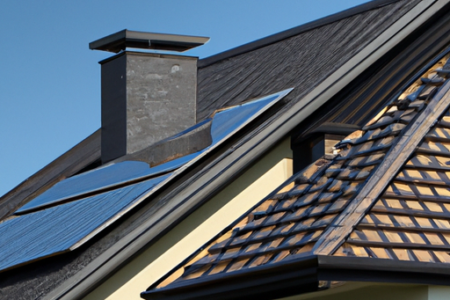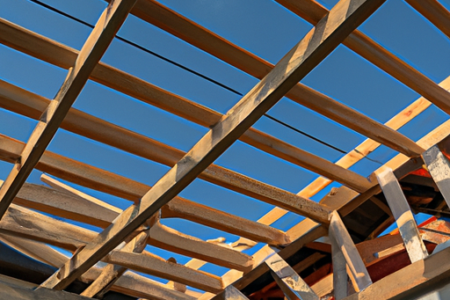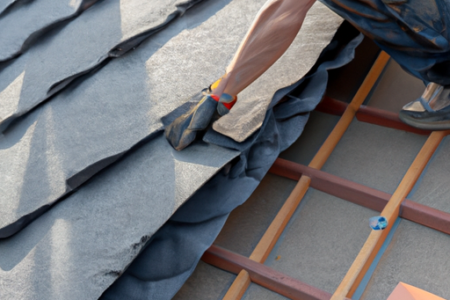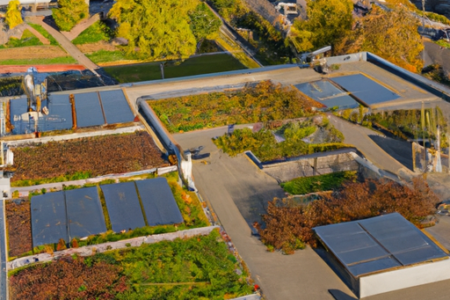When it comes to roof construction, there have been significant advancements in recent years that have revolutionized the industry. These innovations not only improve the durability and performance of roofs but also contribute to sustainability efforts. In this article, we will explore some of the latest innovations in roof construction and their potential impact on the future of the industry.
One of the most exciting developments in roof construction is the introduction of green roofs. Green roofs, also known as living roofs, involve the installation of vegetation on the roof surface. Not only do they provide an aesthetically pleasing appearance, but they also offer several practical benefits. Green roofs can help regulate indoor temperature, reduce energy consumption, and manage stormwater runoff. Additionally, they contribute to improving air quality and provide habitats for wildlife in urban areas. With a growing focus on sustainability, green roofs have gained popularity and are expected to become even more prevalent in the coming years.
Another notable innovation in roof construction is the use of solar panels. Solar panels are becoming increasingly common on rooftops as homeowners and businesses recognize the importance of renewable energy sources. Integrating solar panels into roofs not only generates electricity but also helps reduce dependence on traditional energy grids. This technology has steadily improved over the years, with panels becoming more affordable, efficient, and aesthetically pleasing. As the demand for clean energy continues to rise, the integration of solar panels into roof design is expected to become a standard practice.
Advancements in materials have also played a significant role in improving roof construction. The development of more durable and weather-resistant materials has increased the lifespan of roofs. For example, the use of synthetic roofing materials such as rubber and plastic composites has become more prevalent. These materials offer superior resistance to harsh weather conditions, including high winds and heavy rains. Additionally, they are lightweight, making installation easier and reducing the load on the structure. As technology continues to advance, we can expect to see further innovation in roofing materials, leading to even more durable and efficient roofs.
In conclusion, the world of roof construction is constantly evolving with new innovations and trends. The incorporation of green roofs, solar panels, and advanced materials has revolutionized the industry, making roofs more sustainable, energy-efficient, and durable. As we move towards a greener future, it is essential for architects, contractors, and homeowners to stay up-to-date with the latest advancements in roof construction. By embracing these innovations, we can create buildings that are not only functional but also environmentally friendly.
